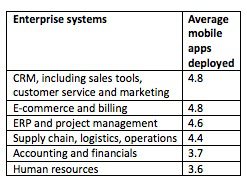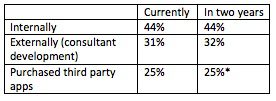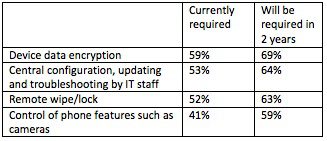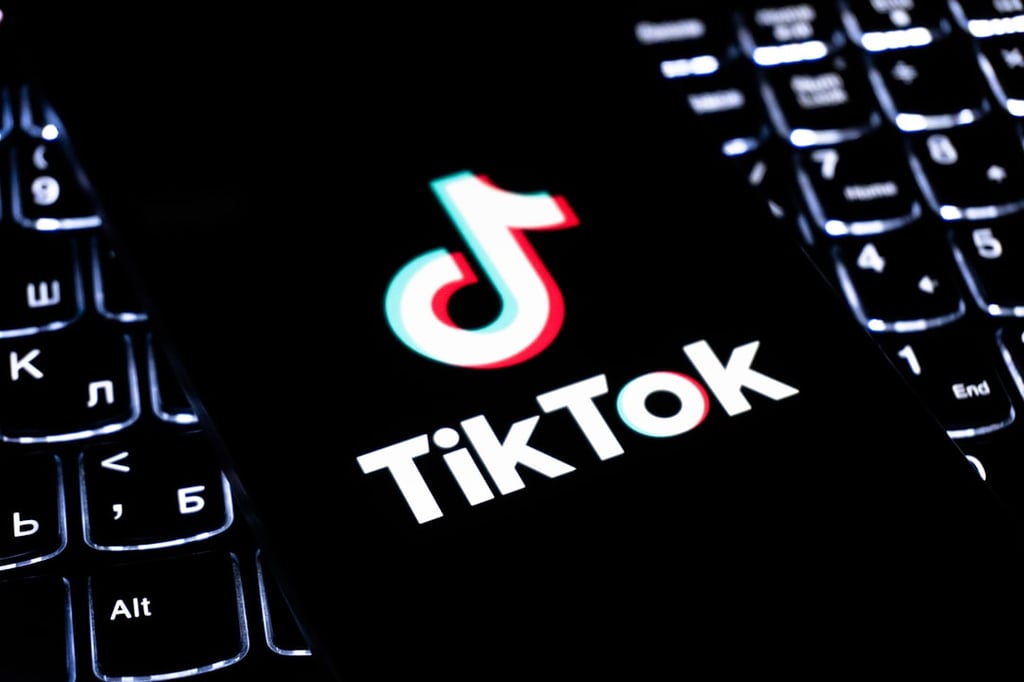Datamation content and product recommendations are
editorially independent. We may make money when you click on links
to our partners.
Learn More
Forget about the frenzy surrounding mobile applications development abating or stabilizing anytime soon. Instead, it is going to increase over the next few years.
And all of those enterprise software vendor efforts to sell prepackaged mobile versions of their apps won’t make a big dent in your workload – internal development will continue to rule. Those and other surprises came out of a global survey and qualitative research report I was involved with over the past several months.
We received responses from 414 IT managers, all at companies with at least $500 million in annual revenues. They represented a wide variety of industries, led by manufacturing, financial services and business services. Roughly one third of the respondents were from each of the following regions:
• North America
• Europe, the Middle East and Africa
• Asia/Pacific
While there are some variations in views based on company size, sector or region, there is a lot of uniformity in the respondents’ outlook. First, let’s look at the baseline situation.
The average number of mobile applications developed by the respondents’ organizations in the past year was nine. In addition, they purchased another nine from consultants, their enterprise software providers and other vendors. Most of the respondents’ organizations release a new version of a mobile app at least on a quarterly basis; 20% release a new app every month! And updates are even more frequent: 35% of the respondents update apps every month.
As for how they build those apps, respondents report a mix of development tools and widespread adoption of a hybrid cloud and on-premise environment for development and deployment. While most mobile App Dev is being done using native programming languages, nearly one-third of respondents are developing cross-platform apps for the mobile Web. I suspect the preference for native languages is related to user experience and performance.
A substantial number of those mobile apps are connected to important back-end systems (see table, below). This indicates that many IT shops have proven they have not been deterred by the challenge of linking a mobile device to enterprise resource planning, customer relationship management, supply chain or other big systems using native programming languages.

Source: “Evolving the Connected Enterprise,” 2014
Now let’s look at their forecast for mobile App Dev within two years. A third of the respondents predicted that their update and release cycles will accelerate dramatically, while half said they will accelerate moderately. The acceleration will be led by Asia/Pacific organizations: More than four out of 10 of those respondents predict dramatic acceleration of updates and new releases in the next few years.
It appears that IT departments are under siege by end users and executives in marketing, sales, operations and other departments with an extensive mobile workforce or supplier base demanding rapid development of easy-to-use mobile apps that access enterprise data.
All of this acceleration will, of course, trigger bigger IT budgets and more IT pro hiring. The respondents estimated IT spending per employee mobile device will jump by 54% over the next two years, to $247. Key regional variation: Asia/Pacific companies will be spending at a much higher rate, outpacing European and U.S. firms.
Interestingly, respondents’ expectations for where those apps will be developed doesn’t change much, as the following table shows:

*Percentages may not sum to 100% due to rounding
Source: “Evolving the Connected Enterprise,” 2014
Given the enormous growth of mobile app development, there is a simultaneous increase in the concern about the security of the devices accessing and storing this data, even if the device belongs to the employee. More and more IT shops will be asked to assume more and more responsibility over employee owned mobile devices, according to survey respondents. Note in the following table the growth in the percentage of companies imposing encryption and central control over their employees’ devices:

Source: “Evolving the Connected Enterprise,” 2014
The percentage of firms increasing the IT department’s responsibility over the security of their data on personal and well as employer-owned mobile devices is not a surprise. Indeed, all of the publicity about compromised user names and passwords at retailers and other large companies has created a paranoia about mobile device security. In fact, some IT shops are dealing with mobile device data security chaos: They have a myriad of security tools and inconsistent implementations between their employer-owned and employee-owned devices.
Additional insights about the how and where of mobile applications development are included in the report. It is available here.
Photo courtesy of Shutterstock.
-
Ethics and Artificial Intelligence: Driving Greater Equality
FEATURE | By James Maguire,
December 16, 2020
-
AI vs. Machine Learning vs. Deep Learning
FEATURE | By Cynthia Harvey,
December 11, 2020
-
Huawei’s AI Update: Things Are Moving Faster Than We Think
FEATURE | By Rob Enderle,
December 04, 2020
-
Keeping Machine Learning Algorithms Honest in the ‘Ethics-First’ Era
ARTIFICIAL INTELLIGENCE | By Guest Author,
November 18, 2020
-
Key Trends in Chatbots and RPA
FEATURE | By Guest Author,
November 10, 2020
-
Top 10 AIOps Companies
FEATURE | By Samuel Greengard,
November 05, 2020
-
What is Text Analysis?
ARTIFICIAL INTELLIGENCE | By Guest Author,
November 02, 2020
-
How Intel’s Work With Autonomous Cars Could Redefine General Purpose AI
ARTIFICIAL INTELLIGENCE | By Rob Enderle,
October 29, 2020
-
Dell Technologies World: Weaving Together Human And Machine Interaction For AI And Robotics
ARTIFICIAL INTELLIGENCE | By Rob Enderle,
October 23, 2020
-
The Super Moderator, or How IBM Project Debater Could Save Social Media
FEATURE | By Rob Enderle,
October 16, 2020
-
Top 10 Chatbot Platforms
FEATURE | By Cynthia Harvey,
October 07, 2020
-
Finding a Career Path in AI
ARTIFICIAL INTELLIGENCE | By Guest Author,
October 05, 2020
-
CIOs Discuss the Promise of AI and Data Science
FEATURE | By Guest Author,
September 25, 2020
-
Microsoft Is Building An AI Product That Could Predict The Future
FEATURE | By Rob Enderle,
September 25, 2020
-
Top 10 Machine Learning Companies 2021
FEATURE | By Cynthia Harvey,
September 22, 2020
-
NVIDIA and ARM: Massively Changing The AI Landscape
ARTIFICIAL INTELLIGENCE | By Rob Enderle,
September 18, 2020
-
Continuous Intelligence: Expert Discussion [Video and Podcast]
ARTIFICIAL INTELLIGENCE | By James Maguire,
September 14, 2020
-
Artificial Intelligence: Governance and Ethics [Video]
ARTIFICIAL INTELLIGENCE | By James Maguire,
September 13, 2020
-
IBM Watson At The US Open: Showcasing The Power Of A Mature Enterprise-Class AI
FEATURE | By Rob Enderle,
September 11, 2020
-
Artificial Intelligence: Perception vs. Reality
FEATURE | By James Maguire,
September 09, 2020
SEE ALL
ARTICLES










